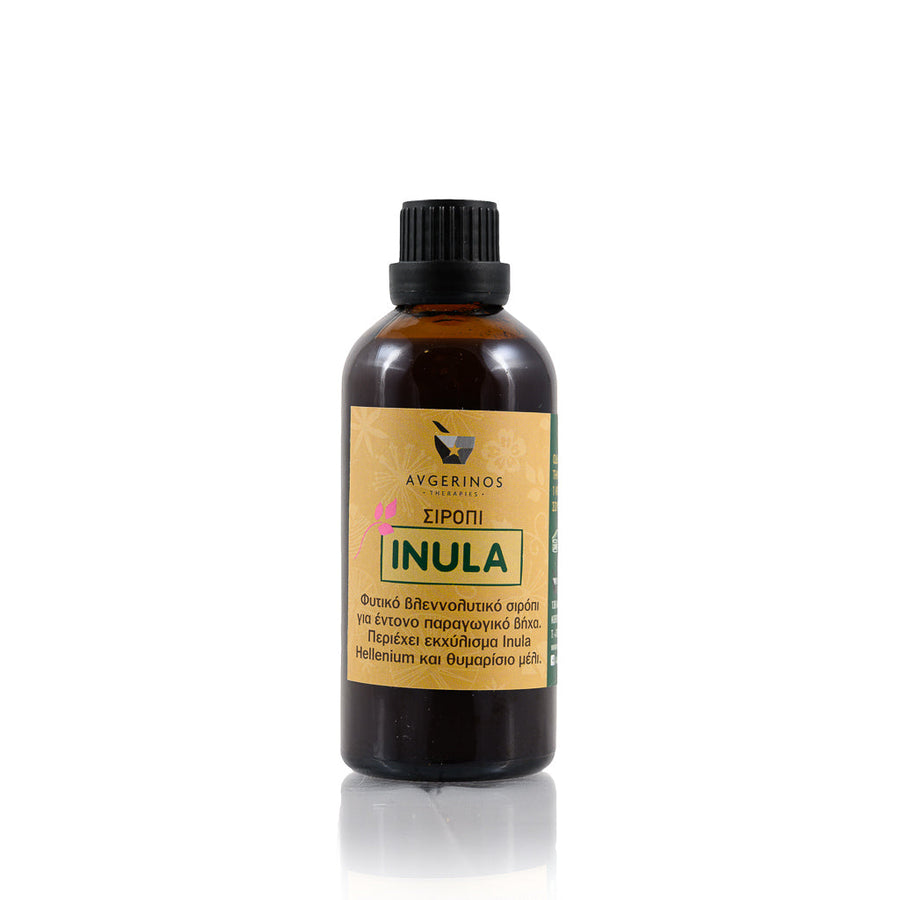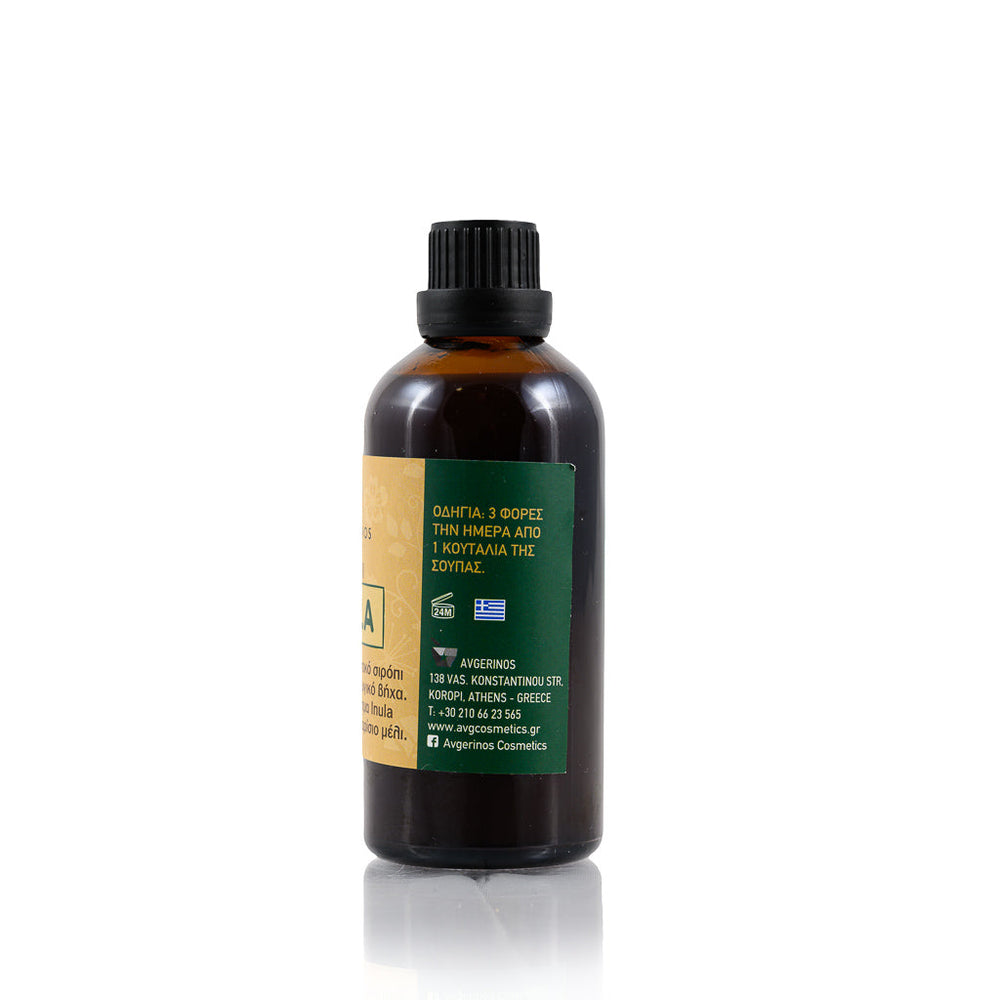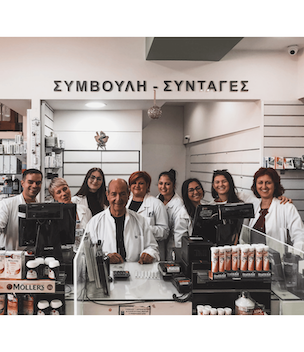The gift of the sun - Vitamin D!
Vitamin D (calciferol) belongs to the fat-soluble vitamins, that is, it dissolves and is absorbed through fat and has two forms, D2, called ergocalciferol, and D3, or cholecalciferol. D2 is commonly found in food, while D3 is mainly synthesized from sunlight. We only get 20% of the vitamin from food and 80% from the sun.
It is actually a hormone that interacts with a large number of genes in the human body. Its importance is related to the metabolism of calcium and phosphorus, as it promotes their absorption from the small intestine, with the help of bile, and the utilization of these minerals by the bones.
Even if the intake of calcium through the diet is sufficient, it cannot be absorbed if there are not sufficient levels of vitamin D. Therefore, vitamin D contributes to the health of the teeth, the calmness of the nervous system, strengthens the immune system, and smooth functioning of the heart. It also strengthens the muscular system, and the functioning of the thyroid gland.
Many studies have shown that it contributes positively to the management of osteoarthritis and osteoporosis, helps with blood fluidity, relieves rheumatoid arthritis and irritable bowel syndrome. It is worth noting that vitamin D is a decisive ally in the steady improvement of depression symptoms.
If we expose our hands and feet to the sun for 10-15 minutes three times a week, then our body produces the necessary amount of vitamin D that we need. In this way we maintain strong bones, good metabolism and strengthen our immunity.
Although our country is "bathed" by the sun's rays for most months of the year, people often have a lack and deficiency of vitamin D. This happens because of the change in lifestyle. Workers spend most of the day sitting in an office away from nature and sun exposure. The same happens with the students' long hours of reading.
Its lack is associated with rickets, drowsiness, vision problems, thyroid function, anorexia and weight loss, removal of calcium from the bones. Also, teeth problems, weakness and muscle pains are observed especially in the elderly.
The most beneficial daily intake is for both leaves from 250 – 600 IU (international units). During pregnancy and breastfeeding there are increased requirements, as well as for adults over 70 years of age.
The main stores of vitamin D are adipose tissue and muscles. There is also a sufficient supply in the liver, brain, bones, skin, lungs and spleen.
Main sources are:
- Fatty fish
- Maitake and Portobello mushrooms
- Eggs
- Butter
- Slice
- Parmesan
- Yoghurt
- Nuts
- Cereal seeds
Fortified foods with added vitamin D such as:
- Plant milks
- Cereal
- Fruit juices
During processing and cooking, small losses are observed and it is considered quite stable in terms of its temperature and activity.
Use of sunscreen
Frequent use of sunscreens with a high protection index prevents the absorption of D by the skin. However, we can combine safe sunbathing and absorption of the vitamin from the skin. This is possible by applying our sunscreen in the hours from 10:00 – 17:00 while during the morning exposure to the sun before 10:00, we avoid sunscreen for 20'. This is also achieved when we apply a lower protection index of 30 spf instead of 50 spf.









Leave a comment